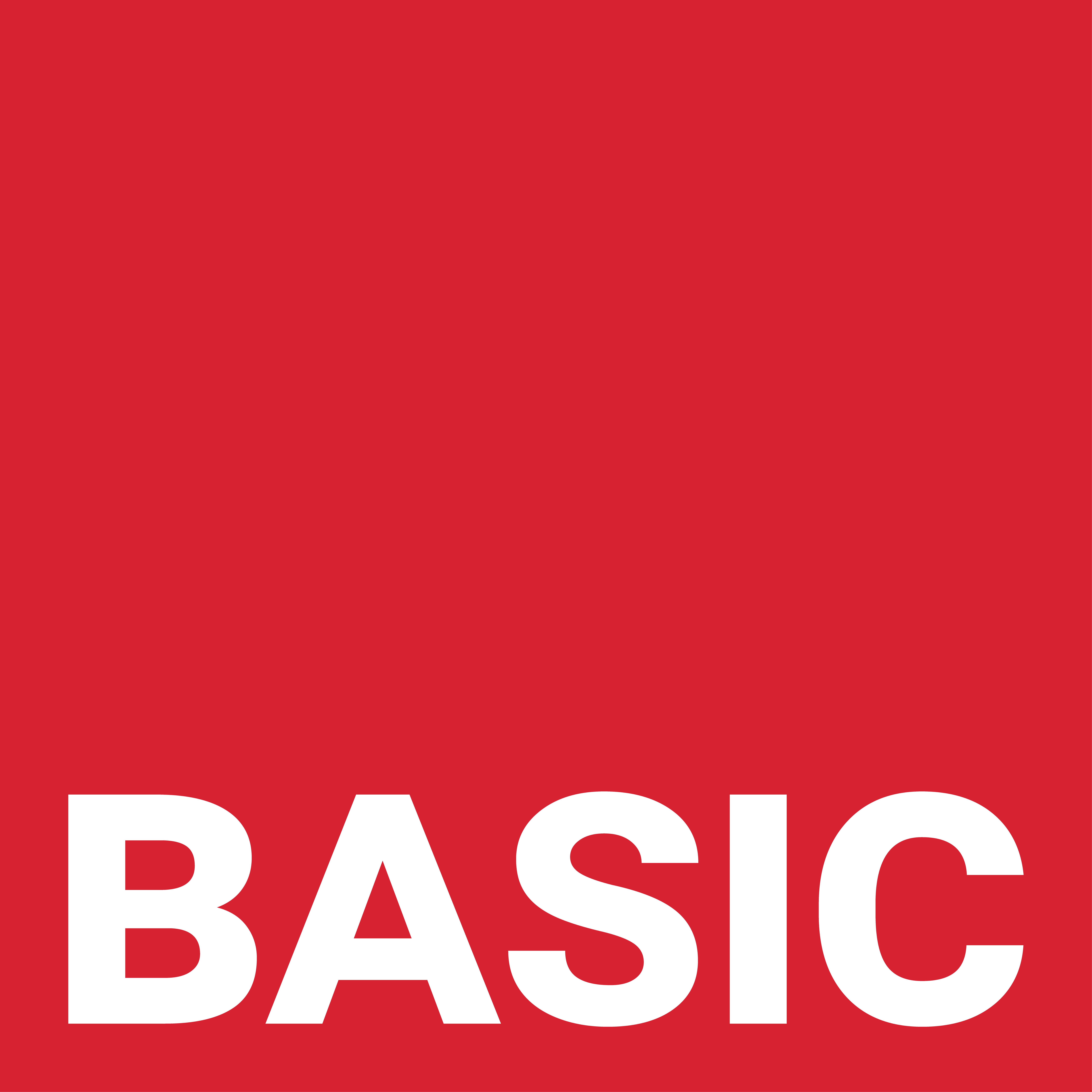Today marks the start of implementing the interim deal with Iran, which will halt the development of its nuclear programme for six months in exchange for limited sanctions relief from the international community. Since the interim deal was struck in November 2013, the parties have been working together to agree on the terms of implementation.
Iran’s Nuclear Program
US bill requiring zero enrichment would be a deal breaker
Implementation of the deal with Iran to roll back its nuclear program in exchange for sanctions relief will begin on January 20. It puts a temporary freeze on Iran’s nuclear program in exchange for around billion in economic sanctions relief.
Could New Sanctions Bills Jeopardize the Iran Deal?
The new year will bring with it a host of issues for the international community to contend with. High on the agenda will be implementation of the interim deal over the Iranian nuclear program, which was agreed to in 2013 after intense negotiations between Iran and the P5+1 (the United States, United Kingdom, France, Germany, Russia, and China).
Nuclear Deal with Iran: Limitations and Regional Repercussions
The sealing of a nuclear deal with Iran on November 24 represents not only an explicit victory for diplomacy, but also an overarching recognition of the fact that negotiations and rapprochement are inherently more constructive than conflict.
More sanctions could undermine the Iran deal
The following weeks are likely to be challenging ones, domestically and internationally, for the Obama administration. While the interim deal over the Iranian nuclear programme has been welcomed as a positive first step by many in the international community and in arms control circles, US congressional support has been less full-throated.
Reactions to Iran Nuclear Deal
Selection of international reactions, including official statements and remarks, to the recent Iran nuclear agreement.
Making progress with Iran
After three decades of broken or faltering diplomatic ties between Iran and the West, and a decade of tension over the Iranian nuclear programme, the E3+3 (UK, France, Germany, US, Russia and China – also referred to as the P5+1) and Iran finally made a historic step forward over the weekend.
P5+1 and Iran: finding common ground?
This week, representatives of Iran and the P5+1 (China, France, Russia, the United Kingdom, and the United States; plus Germany), also known as the E3+3, will meet in Geneva on Thursday and Friday in an attempt to make progress on resolving the standoff over Iran’s nuclear program. Anticipation is now building for some clear signs that each side is agreeing to measures that will convince the other side of intentions to follow through on a long-term game plan.
